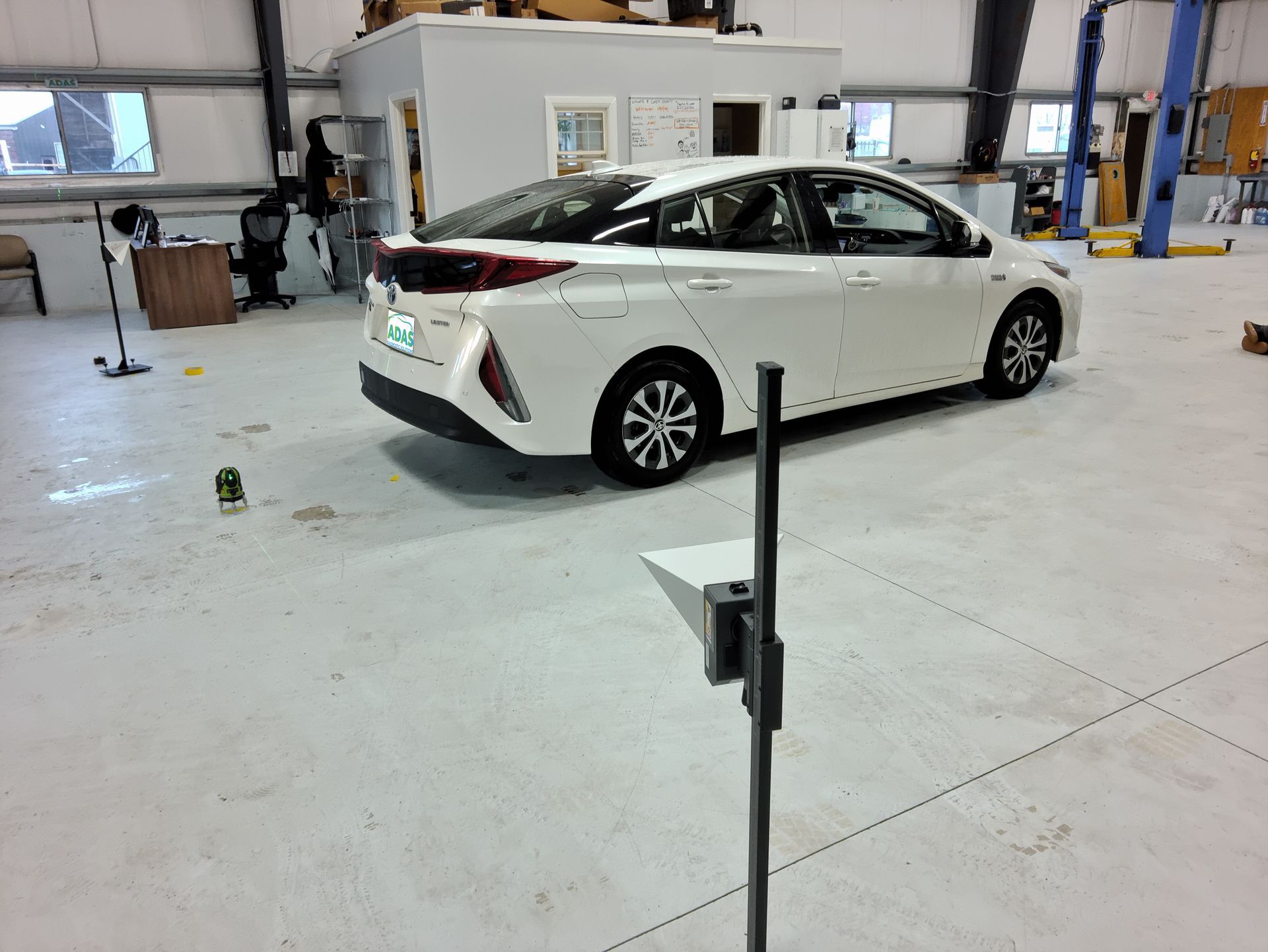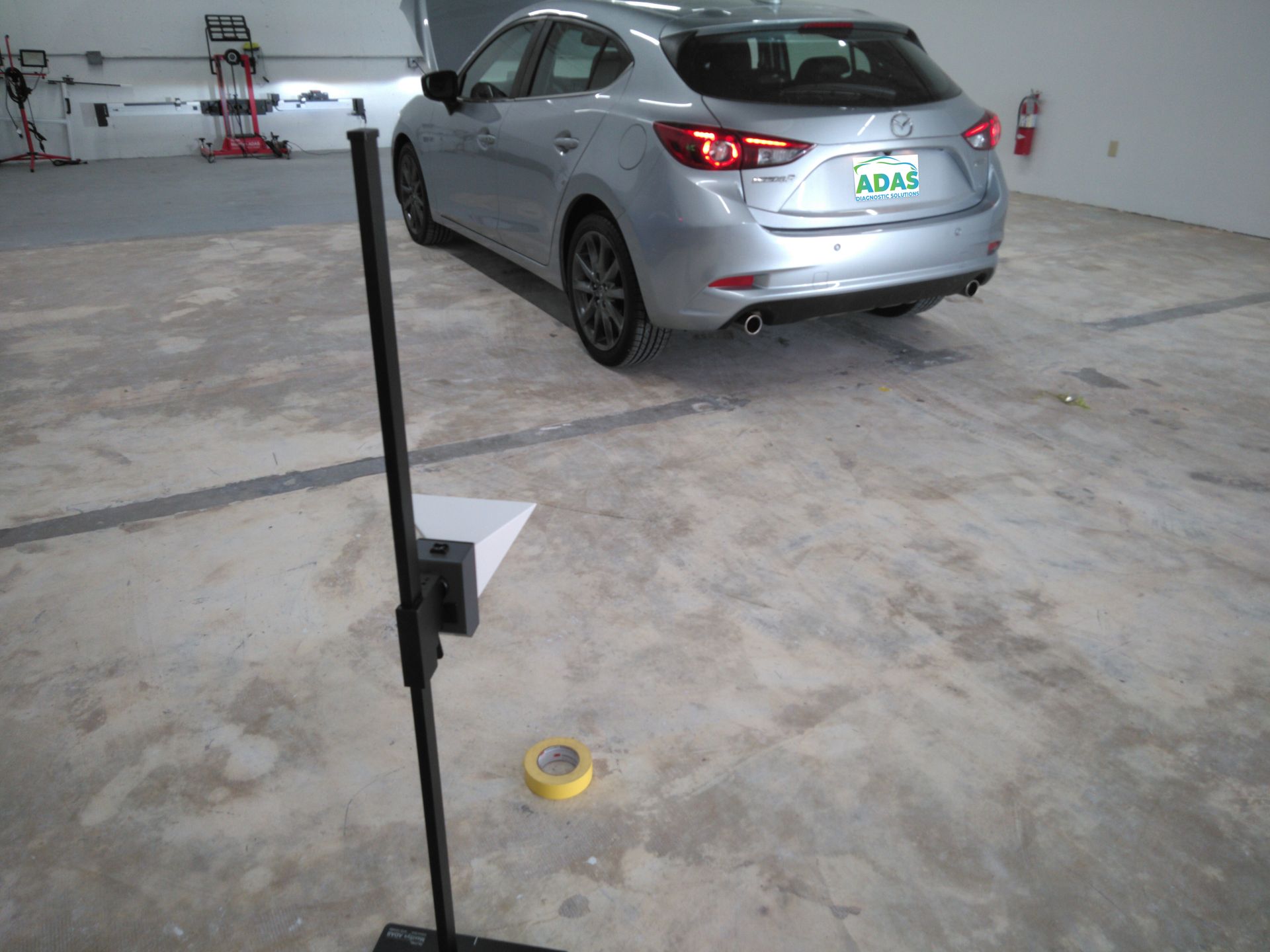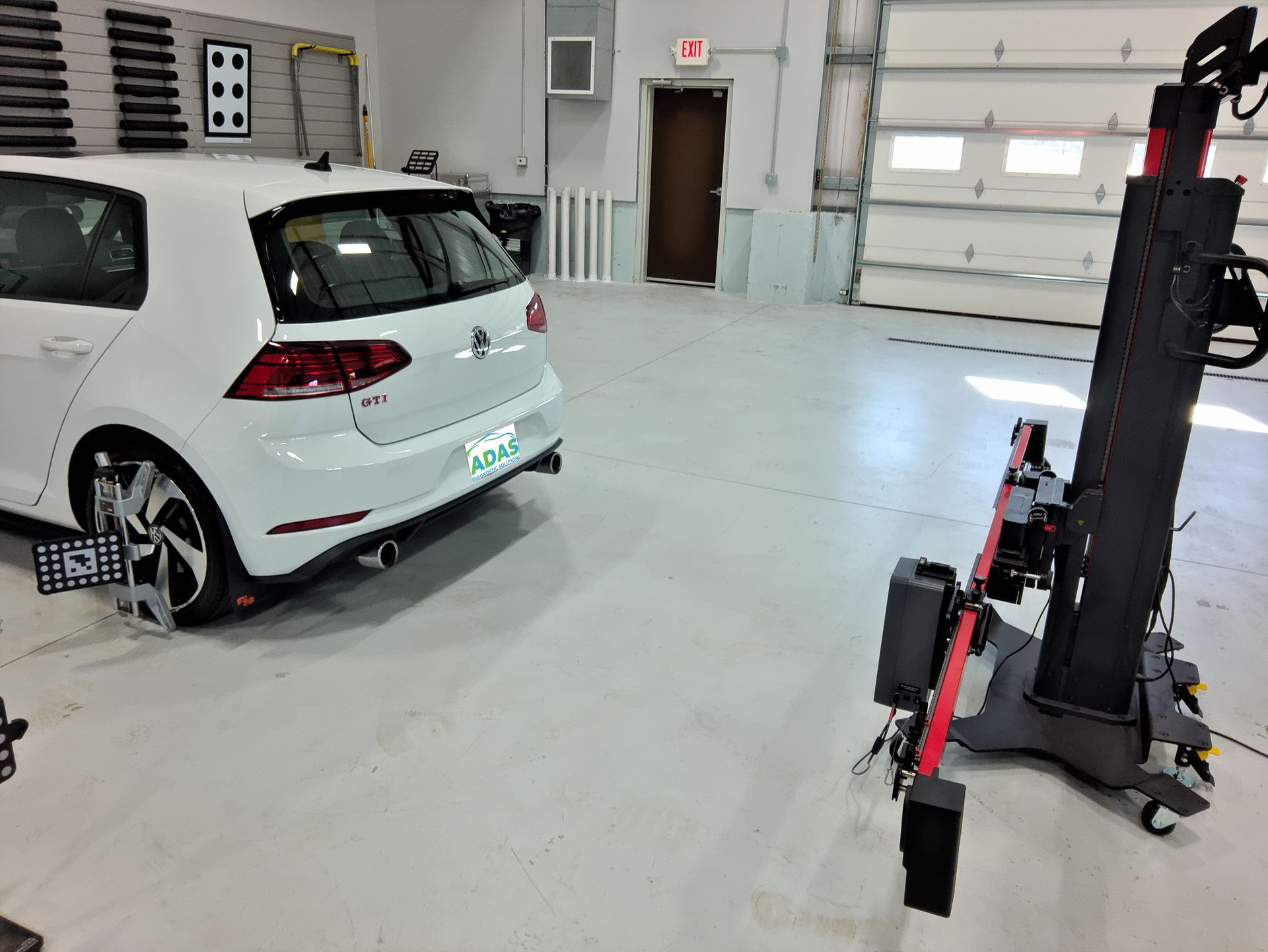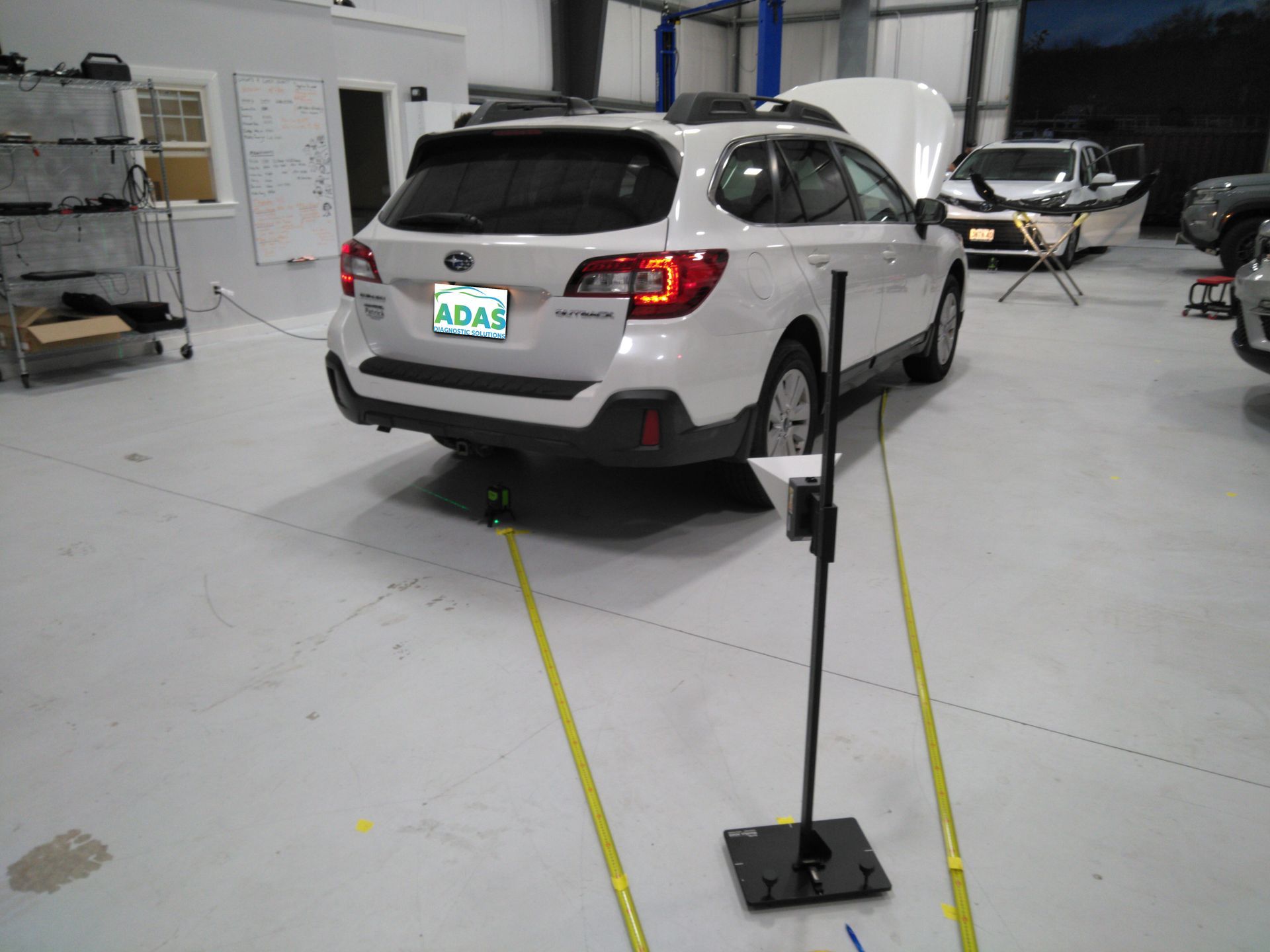Learn why blind spot system monitoring is critical to driver safety
Blind spot monitoring systems are a pivotal part of modern automotive safety, reducing the risk of collisions by giving you an extra set of “eyes” where it’s hardest to see. However, these advanced systems rely heavily on precise calibration to work correctly. After any accident repair—especially those affecting the rear or side areas of your vehicle—it’s crucial to ensure the blind spot system is inspected and recalibrated if necessary. A poorly calibrated system, or one left uncalibrated, may require additional trips to the repair shop. This can be avoided by making sure a certified professional calibrates the blind spot system immediately after repairs. Doing so helps preserve the accuracy and reliability of your car’s safety features, ultimately keeping you, your passengers, and others on the road as safe as possible.
Check out our past Case Study where a blind spot system was affected by a sticker left on the underside of a replacement bumper cover.
Below are some interesting and lesser-known facts about blind spot systems and how they’ve evolved to enhance driver safety:
- They Originated with a Camera — Early blind spot detection systems often used simple camera-based technology. One of the first commercially available systems, introduced by Volvo in the early 2000s relied on a camera mounted in the side mirror to detect nearby vehicles.
- They’ve Reduced Certain Crashes Significantly — Studies from the Insurance Institute for Highway Safety (IIHS) suggest that vehicles equipped with blind spot monitoring can reduce lane-change crashes by up to 14%. This is especially noteworthy given that sideswipe collisions and lane-change accidents are relatively common on highways.
- They’re Part of a Larger ADAS Ecosystem — Blind spot systems aren’t standalone anymore. They typically integrate with other Advanced Driver Assistance Systems (ADAS), such as rear cross-traffic alert and lane departure warning. This synergy helps create a more cohesive safety net for drivers.
- They Can “Talk” to Steering Systems — Some advanced blind spot systems in newer luxury or high-end vehicles do more than just flash lights or sound alarms. They can actively intervene by lightly applying steering assistance or brakes to prevent a dangerous lane change if the driver ignores the blind spot warning.
- Calibration is More Complex Than You Think — Many people don’t realize that after any collision or bumper replacement, blind spot sensors (often housed in rear corners) need precise recalibration. Specialized alignment tools and diagnostic software ensure that the sensors “see” exactly where they should, preventing false alerts or missed detections.
- Dirty or Snow-Covered Sensors Can Cause Issues — Radar or camera-based blind spot systems can be blocked by snow, mud, or excessive dirt. This can lead to inconsistent alerts or total system shutdown until the sensors are cleared. Many modern vehicles will display a warning light on the dashboard if the system is obstructed.
- They Sometimes Include a “Courtesy Warning” — In some vehicles, the blind spot warning indicator will blink faster or change color if the system detects a very fast-approaching vehicle from behind—giving the driver even more urgent feedback before attempting a lane change.
- They’ve Become More Affordable — Once considered a luxury add-on for premium vehicles, blind spot monitoring systems have migrated into mainstream cars. Many mid-range and even economy models now offer blind spot detection as standard or as part of a reasonably priced option package.
- They Don’t Replace Good Driving Habits — Despite their benefits, blind spot monitoring systems are designed to assist, not replace, the driver. Checking mirrors, signaling, and physically glancing over your shoulder remain critical elements of safe lane changing.
From early camera-based prototypes to modern radar-driven systems that can intervene on your behalf, blind spot monitoring has come a long way—and it continues to improve with each new car generation.
Here are a few photos of Blind Spot calibrations we have completed recently.
MENU
STAY CONNECTED
Stay informed of the latest advancements in ADAS tech. Subscribe to our newsletter.
Contact Us
Thank you for subscribing! You're all set and will see us in your inbox soon.
Well, this is embarrasing. We're sorry, but something went wrong. Please try to subscribe again later.
© 2024 ADAS Diagnostic Solutions. All rights reserved.
Privacy Policy
Terms of Service
Cookie Settings









